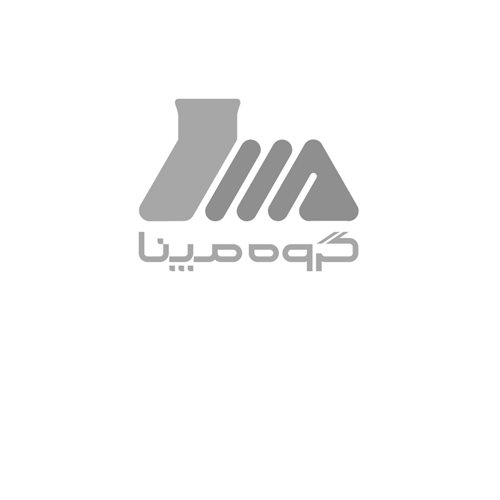President Hassan Rouhani inaugurated the first phase of Tehran Metro Line 6 on Sunday, April 7, 2019, in a ceremony attended by Tehran mayor Pirouz Hanachi, Tehran Metro Group CEO Ali Emam, MAPNA Group CEO Abbas Aliabadi, and a number of city council members.
MAPNA Group CEO received a token of appreciation from Tehran mayor Pirouz Hanachi during the event.
Tehran Metro Group CEO Ali Emam commended the performance of Iranian contractor companies in development of metro infrastructure.
Emam reminded that Iranian companies had relied on domestic capacities to procure equipment such as the signaling and HVAC systems for Metro Line 6.
MAPNA Group was part of the consortium which won the tender for finance, design, manufacture, procurement, transportation, installation, commissioning and training services of Tehran Metro Line 6.
Procurement of SCADA and power systems, signaling systems, telecommunications equipment, automatic ticket machines, HVAC systems, building automation systems (BAS), automatic fire alarm and suppression system, escalators and elevators, parking space equipment, terminals, and repair shop of Line 6 were assignments carried by MAPNA Group and its consortium counterparts.
Shahr-e-Atieh (SeA) Investment Company, MAPNA Group, MAPNA Railway Construction and Development Company, and Sabir International Company are members of the consortium which has carried out Tehran Metro Line 6 project.
MAPNA is in charge of executive affairs of the project, while MAPNA Railway Construction and Development Company has undertaken design, procurement, manufacture, transportation, installation, commissioning, training, and supply of electrical and mechanical equipment for the project.
Shahr-e-Atieh (SeA) Investment Company financed the project while Sabir International was assigned with civil part of the Tehran Metro Line 6 project.
Upon completion, Tehran Metro Line 6 will have a length of 36 kilometers and will include 27 stations, making it the longest subway route in the Middle East. It will start from Dowlatabad district in southeastern Tehran, winding through the city before reaching the Sulqan rural district on the northwestern outskirts of the capital.
Tehran Metro Group serves as client of the project.

